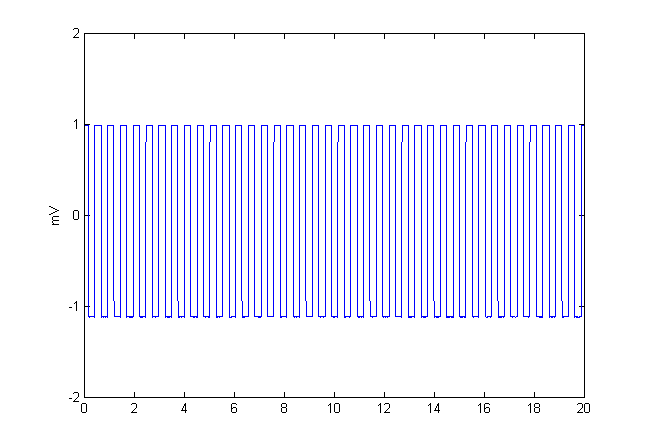advertiser
Bioengineer
Hi everyone,
I have just made an EEG recording device.
Now I need a calibration system which can generate sine/square wave of 50uV amplitude.
As far as I research on the market, there is no Signal generator can generate under 1mV for a <$1000 price.
Some one suggest me to connect [Signal Generator (1)] -> [-60dB Attenuator(2)] -> [EEG device] but I am not sure it is correct or not.
Could anyone please suggest me some products for (1)+(2) or a more cost effective solution? My budget is <$2000.
Best,
I have just made an EEG recording device.
Now I need a calibration system which can generate sine/square wave of 50uV amplitude.
As far as I research on the market, there is no Signal generator can generate under 1mV for a <$1000 price.
Some one suggest me to connect [Signal Generator (1)] -> [-60dB Attenuator(2)] -> [EEG device] but I am not sure it is correct or not.
Could anyone please suggest me some products for (1)+(2) or a more cost effective solution? My budget is <$2000.
Best,

